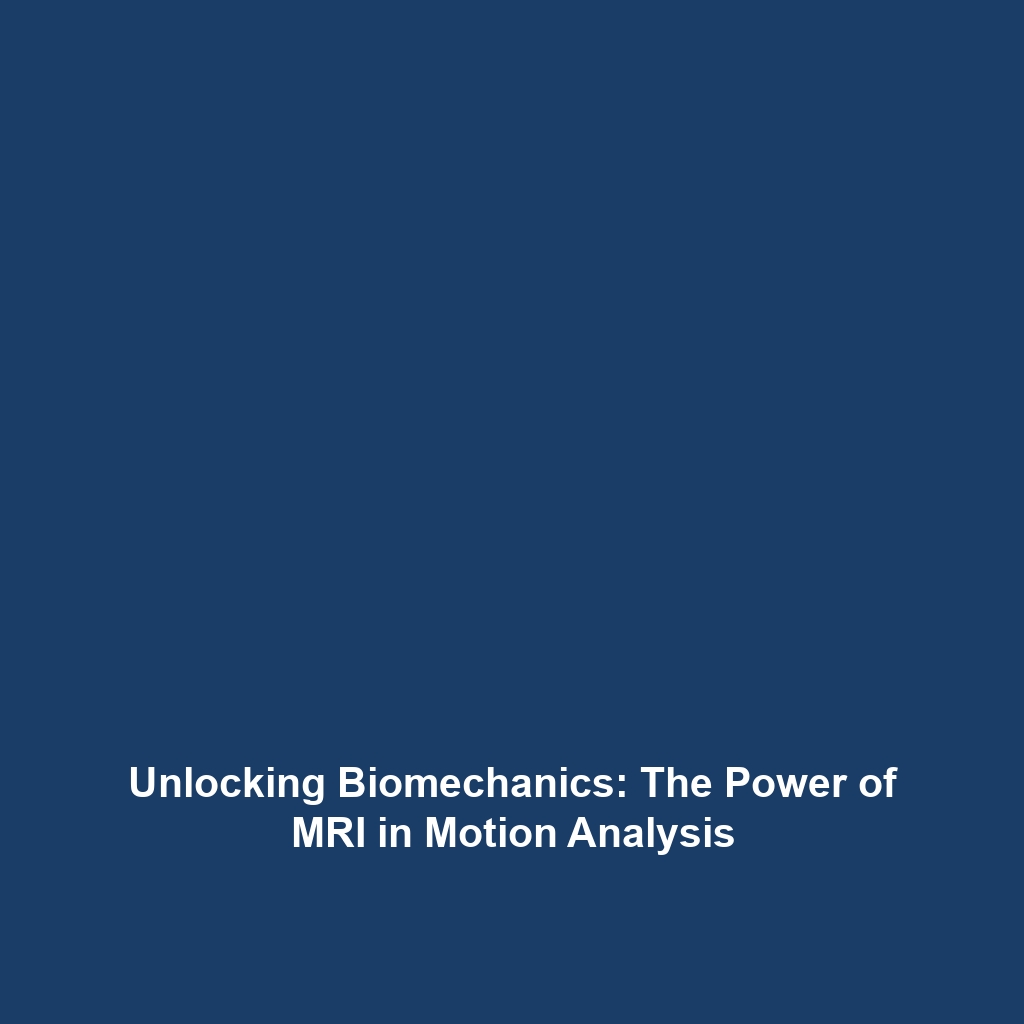Homo naledi: A Unique Hominin in Human Evolution
Introduction
Homo naledi, a remarkable hominin species discovered in South Africa, represents a significant piece in the puzzle of human evolution. This species exhibits an intriguing combination of primitive and modern characteristics, raising questions about its place in the evolutionary lineage. Dated to have existed as recently as 300,000 years ago, Homo naledi challenges previously held notions regarding the emergence of modern human traits. Understanding the significance of Homo naledi contributes to our broader comprehension of human evolution and the diverse branches of our ancestral tree.
Key Concepts
Characteristics of Homo naledi
Homo naledi displays a range of features that blend both ancient and contemporary traits:
- Physical Description: Small body size with curved fingers suggestive of arboreal activity.
- Cranial Features: A small brain volume comparable to earlier hominins, yet possessing a more advanced facial structure.
- Tool Use: Evidence suggests the potential for complex behaviors, including the use of simple tools.
Significance in Human Evolution
The discovery of Homo naledi stimulates debates on the evolution of complex behaviors in hominins and their cognitive abilities. It also encourages reevaluation of the timeline and geography of human evolution, suggesting that multiple hominin species coexisted and interacted.
Applications and Real-World Uses
Understanding Homo naledi can provide insights into various aspects of human evolution. Some notable applications include:
- Educational Purposes: Enhancing curriculum offerings in anthropology and evolution studies.
- Anthropological Research: Aiding researchers in comparative studies with other hominin fossils.
- Public Awareness: Engaging the public in discussions about human origins and diversity through exhibitions and documentaries.
Current Challenges
Despite the significant discoveries surrounding Homo naledi, several challenges persist:
- Lack of comprehensive findings regarding behavioral patterns.
- Limited fossil evidence leading to ambiguities in understanding evolutionary relationships.
- Challenges in attracting funding for further research projects.
Future Research and Innovations
The future of research on Homo naledi looks promising, with several innovations on the horizon:
- Advanced Imaging Technology: Utilizing CT scans for better visualization and analysis of fossils.
- Genomic Studies: Future studies may explore the genetic material, yielding insights into evolutionary genetics.
- Interdisciplinary Approaches: Collaboration among paleontologists, archaeologists, and geneticists will enhance understanding of hominin evolution.
Conclusion
Homo naledi stands as a crucial component in the narrative of human evolution, revealing the complexity and diversity of our ancestors. As further research unfolds, the insights gained from Homo naledi will undoubtedly reshape our understanding of what it means to be human. For those interested in learning more about human origins, we encourage exploration of related topics on our site, such as Homo sapiens Evolution and The Impact of Climate on Human Evolution.



